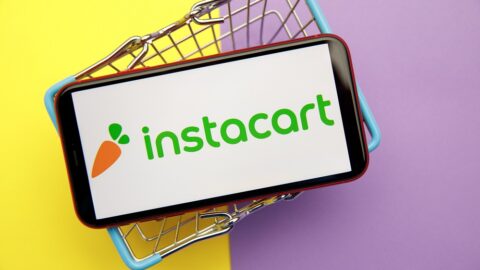Inflation reached 9.1% in June 2022, according to the U.S. Bureau of Labor Statistics Consumer Price Index (CPI), which is the highest rate in nearly 41 years. High inflation is weighing on shoppers’ budgets, with 62% expecting their living costs to increase even further over the next six months, according to data from Ernst & Young’s (EY) Future Consumer Index. As a result, retailers need to rethink how they attract and retain customers by looking at data not just from recent months but also from the last time shoppers felt this much economic pressure — the Great Recession of 2008-2009.
“I think that looking at 2008 as a proxy is not a bad idea,” said Isaac Krakovsky, Partner in the Business Transformation Practice at EY in an interview with Retail TouchPoints. “How did we come out of it? Which companies succeeded? Who thrived and why? You’ll see that there’s probably some things in there that companies invested in and didn’t invest in that you could draw a straight line through to say this is why they succeeded over others.”
Of course, the world and shopper of 2022 are both quite different than what they were nearly 15 years ago. One of the major differentiators is technology: the post-COVID shopper has very different expectations about shopping compared to what was normal before the pandemic, and there are many ways of meeting their demands. The challenge is finding the right solution for a given retailer’s needs as budgets tighten.
“There are a million shiny objects out there that will be the savior for your company from a technology standpoint,” said Krakovsky. “A lot of times companies need to really prioritize what’s important and what’s not, and sometimes it’s about knowing what to say ‘no’ to and picking the things that really are going to drive the most value. I think sometimes companies get into science projects that they could probably avoid until they’re more proven. I think it’s prudent to make sure that you’re clear on what the ROI is for any CapEx investment you’re going to make.”
The Brand Must Build Loyalty to its Customer, Not the Other Way Around
One area that will continue to be vitally important in the face of inflation will be data analysis and personalization. Brand loyalty is falling as shoppers look to save where they can and become more open to new options — 59% of shoppers said that brand was less important in June 2022, compared to 40% in February 2022, according to data from EY. The change is more drastic for discretionary categories: 79% of shoppers said they were less interested in the latest fashions in June, compared to 35% in February.
Retailers can better maintain loyalty when they have a strong understanding of the shopper and their needs. A key opportunity is offering private label and other potentially less expensive brands: EY found that 48% of shoppers are purchasing cheaper alternatives, but it falls on the retailer to educate customers about the quality and availability of these options. Convincing shoppers to try an in-house brand requires retailers to understand what attributes specific customers are looking for, and then delivering an incentive that will draw them to the right option.
“How do you engender loyalty with these customers?” said Krakovsky. “Targeted marketing. Targeted email. Personalization. These are the key concepts, and the only way to really get that is to get at this data that resides within these in-house databases that these retailers have.”
Krakovsky noted that utilizing this data means retailers can’t think about customers being loyal to the brand, but rather the reverse — how is the brand loyal to the customer? Retailers are all competing for the same shoppers, which means the need to deliver on a great customer experience only grows when those shoppers feel less attached to a particular brand. Delivering that experience requires significant investment in data science.
“That’s the place what they should be focusing, and they shouldn’t be cutting any budgets,” said Krakovsky. “That’s really where the market is heading. If you stop those initiatives around understanding your customer and pulling that data into your business, you’re going to be left behind because others are not going to stop, and others are going to leapfrog you. That’s a bad position to be in.”













